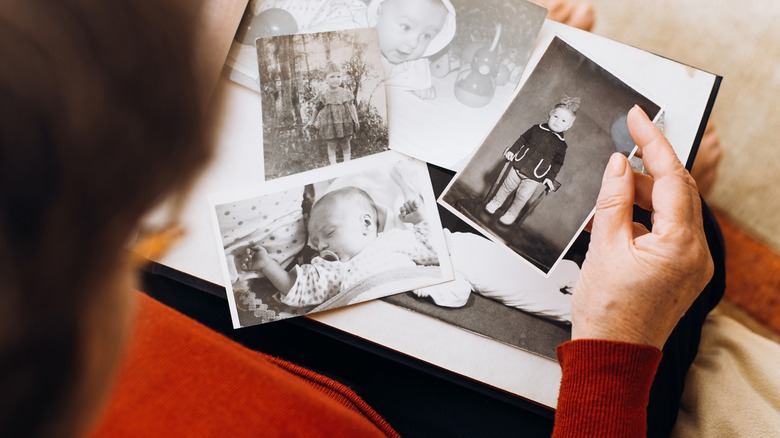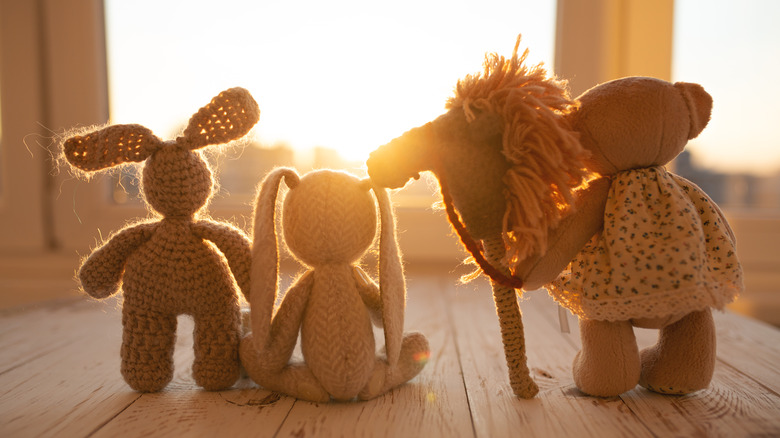Why Happy Memories May Become The New Way To Relieve Pain
For several years now, scientists have been interested in the potential of positive memories on our health. In a 2016 study published in Social Cognitive and Affective Neuroscience, scientists utilized brain imaging technology to determine that feelings of nostalgia triggered activity in various brain regions, including those associated with memory and the reward system. The researchers characterized nostalgia as memory retrieval prompted by physical or mental stimuli. While the exact relationship between nostalgia and these brain regions is still somewhat of a mystery to scientists, nostalgia is thought to influence levels of psychological resilience in individuals. Now, a new study shows that nostalgia may also play a role in physical resilience as well.
In a 2022 study published in The Journal of Neuroscience, researchers utilized a combination of MRI scans and self-reported participant data to determine the effect nostalgia had on participants' pain levels. Using heat stimulation, 34 individuals were asked to rate their pain experience while looking at nostalgia-inducing images associated with happy memories (via CNN).
How happy childhood memories can lead to pain relief
When participants looked at pictures that prompted positive childhood memories, such as old TV characters, vintage games, or signature candies, participants self-reported decreases in their pain levels, as reported by CNN. The same was not true for modern-day images.
Interestingly, the brain scans backed up the participants' perceived levels of pain. Specifically, the researchers found connections between "nostalgia information" processing and sensory signals to the cerebral cortex, concluding nostalgia helped moderate the pain response (via CNN).
Researchers commented on the significance of their findings in regards to how pain patients may be better able to manage their symptoms. One of the study authors, Joe Yazhuo Kong tells CNN, "By managing their discomfort, rather than eliminating or reducing the (unpleasant) stimuli, people can use nostalgia to reframe their painful experiences."
CNN reports that in future studies, the researchers plan to expand their sample size and examine how more personalized cues unique to each individual will affect participants as opposed to generalized nostalgia cues related to time period.


